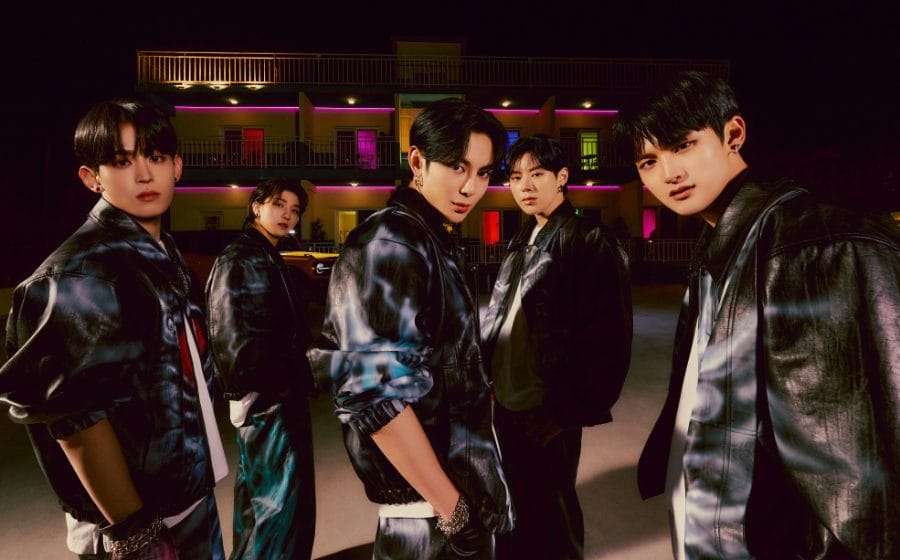When news broke that “Zombie Boy” Rick Genest was found dead at his home in Montreal, friend and fellow freak Lady Gaga promptly led the tributes on his apparent suicide. But — plot twist! — his unexpected dead drop was not as it seemed; Genest’s family and manager believed he fell from a perilous balcony by accident instead. The hasty pop star apologised and retracted her “unjust conclusion”, suggesting that she “spoke too soon”, but the damage had already been done — the image of a tattooed rebel with a macabre mien taking the plunge is too indelible to be scrubbed from public consciousness completely.
The blunder, however well-intentioned, demonstrates the imperative for safe and responsible dialogue on suicide, especially with the lurking danger of suicide contagion. Exposure to high-profile suicides influences others to take their lives. The death of beloved actor and comedian Robin Williams was marked by a 10 per cent spike in reported suicides in the U.S.; a similar fallout occured when Marilyn Monroe “overdosed” in 1962. But information spreads irreverently in the wild frontiers of the Internet and social media, escalating the siren song of self-destruction. Look at how easily the world bought Genest’s “suicide”, how the media promulgated his seeming cause of death with no formal confirmation.
The public’s morbid fascination with tragedy additionally spurs the indignity of celebrity suicide reporting. Coverage is crude and invasive; last words are printed for all to see; there is wanton speculation and implication of personal issues. Lives cut short are further reduced to catchy headlines, optimised not for humanity but for search engines (Newsweek is an unapologetic practitioner of this). The spectacle of death is nothing new — people flock greedily to grisly scenes — but repeated publicity and gratuitous details can inundate vulnerable or impressionable minds with suicide ideation, providing the fatal push.
The situation only gets worse on social media, where infantilism overrules common sense. After Williams’ death in 2014, a meme depicting Genie (the character he voiced in Disney’s Aladdin) with the message “You’re free” went viral, implying that his suicide was a triumph and death was somehow liberating (the meme originated from The Academy, of all places). Then there was YouTube vlogger Logan Paul, who posted a video of a dead body he found in Japan’s Aokigahara “suicide forest” ostensibly for shock, awe and (most importantly) views. Fictional depictions of self-expiration do not fare any better: Shakespeare’s Rome & Juliet romanticised it; Johann Wolfgang von Goethe’s novel The Sorrows of Young Werther inspired a rash of copycats (“The Werther Effect” is a preeminent example of suicide contagion); Netflix series 13 Reasons Why used it as a plot device in a teenage revenge fantasy.
Even with such problematic and polarising portrayals of suicide, talking openly about it — and, by extension, mental illness — can help break down stigma and ease conversations. One of the saddest revelations about designer Kate Spade’s passing was that she hesitated to get help for her crushing depression for fear of hurting her brand, which was built on cheerful and brightly coloured handbags and clothes. The key, however, is understanding the difference between bringing awareness to suicide prevention and bringing awareness to suicide (the act). The creators of 13 Reasons Why defended the series by affirming that presenting the consequences of suicide serves as a deterrent. But when said consequences are sympathy, regret, guilt and ultimately love — everything the show’s suicide hoped for in life but only received in death — the opposite outcome becomes a dangerous possibility. Conversely, when coverage of the 1994 death of Kurt Cobain was contained and closely tied to prevention measures, the cascade effect of contagion was suppressed as helpline calls supplanted actual cases. Not everyone can fathom suicide, but we can all be smart about what we post on social media and avoid words or pictures that can sweep the susceptible up in their own private catastrophes.








